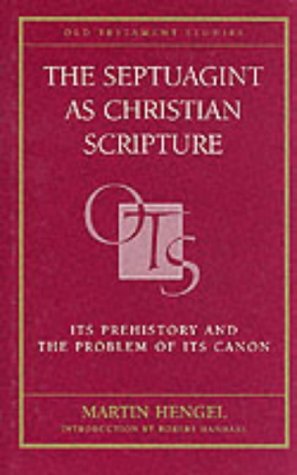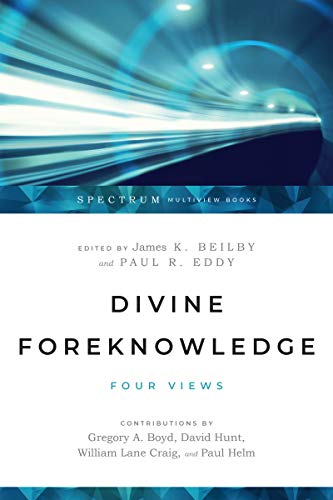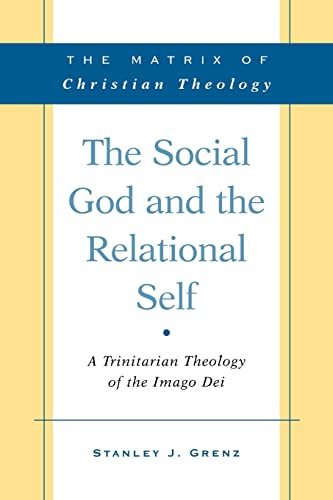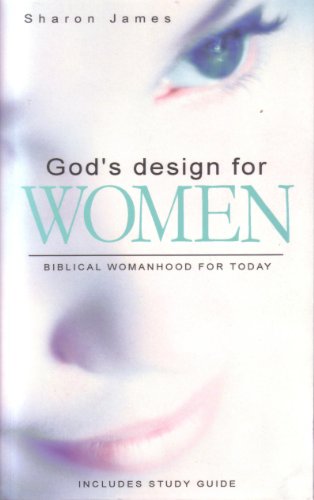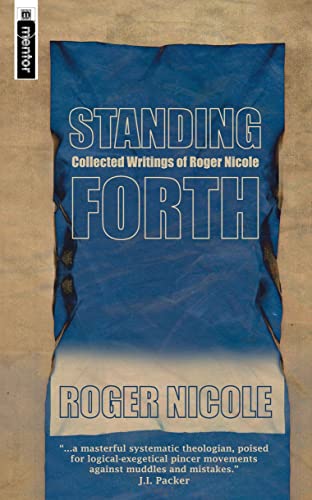THE SEPTUAGINT AS CHRISTIAN SCRIPTURE: ITS PREHISTORY AND THE PROBLEM OF ITS CANON
Written by Martin Hengel, with R. Deines. Reviewed By Andrew G. SheadThe true extent and textual basis of the canon of Old and New Testaments has been debated almost continuously from the primitive church until the present, and we are now in a ‘boom’ period. How does one decide what the canon ought to look like? ‘By what the church has always chosen’ is no answer—indeed, argues Martin Hengel, it is precisely the problem given the range of canons, both tacit and explicit, in the early church.
This slim volume is packed with historical detail and stimulating analysis. It is not a general introduction, but a history of the rise of the LXX as the Holy Scriptures of the church. Hengel’s task, set out in Part I, is to try to account for the fact that a large, loose collection of Jewish writings became a closed, smaller Christian canon whose extent was nevertheless greater than that of the Hebrew canon. Part II, ‘The LXX as a Collection of Writings Claimed by Christians’, shows how the Fathers came to see the LXX as the inspired ‘bridge between the “prophets” and the apostles’ (39). Part III, The Later Consolidation of the Christian Septuagint Canon’, traces the Western Church’s ‘undiscerning’ canonisation of writings outside the Hebrew canon (which was limited to writings between Moses and Ezra). Parts III and IV, ‘The Origin of the Jewish LXX’ and ‘The Origin of the “Christian Septuagint” and its Additional Writings’, merit particular comment.
Hengel argues that writings Jews rejected were either late, making their admission of ‘late’ works like Qoheleth and Esther the result of ‘historical error’ (91); or overly apocalyptic, making the admission of Daniel, dated to 165 BC, ‘almost a miracle’ (95); he explains this miracle in terms of Daniel’s unique content. By the first century a canon was established, apart from some peripheral books (Esther, Song, Qoheleth). For this reviewer, such a line of argument is somewhat problematic. First, books dating themselves before Ezra, such as Judith and Tobit, were as qualified for inclusion as Daniel and Esther, so that Hengel claims, though without further evidence, that their late origin was still evident to Jews in the first century ad (94). Yet this leaves their acceptance by Christians hard to explain. As he did for Daniel, Hengel must appeal to considerations of content (70). Yet this does not work for Tobit, considered prophetic by Irenaeus and often cited in the Apostolic Fathers (68 n. 33), and it still leaves the problem of a Church judging books independently of Judaism. Secondly, if Daniel’s unique content got it into the Hebrew canon, why did Maccabees’ unique content only get it as far as the LXX canon (cf. 72)? The ‘content’ argument seems rather fragile and selectively applied; by contrast, Hengel shows that the core criterion for inclusion was prophetic authorship. (The fact that the traditional dating for the books mentioned would easily explain their canonicity deserves more serious consideration, in my opinion.)
The question of prophecy lies at the heart of this issue. For Josephus the notion that the succession of prophets ceased was crucial, but Hengel does not share his belief, because prophetic movements continued into the first century AD (100). This phenomenological approach to prophecy may suggest a view of Scripture as human testimony, or simply involve a broad view of the inspiring work of the Spirit—Hengel does not elaborate. At any rate, he does not accept the ancient criterion for closing the canon, and this inevitably results in judging a book as ‘inspired’ primarily by its ‘inspired’ content. Hengel’s strongest case for a content-driven selection process is the choice of OT citations by NT authors. However, it does not follow that the NT considers messianic content the test of inspiration.
Hengel’s discussion of NT citations raises several questions of method. He argues that some texts cited as Scripture were taken from apocryphal and pseudepigrahal books (though 110–12 give a muddled account of their precise Scriptural status). Yet he assumes too much, such as methods of dating books (1 Peter, Jude), of identifying citations (1 Cor. 2:9; Jas 4:5), and of distinguishing citation from allusion (1 Cor. 9:10).
Ultimately Hengel confesses that the question of why the Greek OT came to contain extra books is ‘insoluble’ (112). As to how the apocrypha prevailed, Hengel suggests that their presence in the ‘library of the Roman mega-church at the time of Clement’ ensured their dissemination and eventual acceptance in the West. While this original hypothesis rings true (though other centres had similar influence), others have recently suggested that it be complemented by the theory that Jews in pre-Christian times already possessed an authorised ‘apocrypha’.
This fascinating and engaging book closes with the proposal that a Christian canon should be as broad as possible. This maximalist position follows logically from Hengel’s approach to prophecy on the one hand and the NT use of the OT on the other. He argues, in effect, that (1) given there are unhistorical and pseudepigraphal books within the Hebrew canon, it is inconsistent to exclude others with equal claims to inclusion; (2) most importantly, in the NT the criterion for citation is the Christological shape of the cited ‘prophecies’, so that the only possible OT canon-closing event is the coming of the Messiah; (3) we ought to embrace the breadth of literature that shaped the NT and the church—even Philo, Josephus and the pseudepigrapha (126f.). Hengel’s idea of canon is comparable to Harold Bloom’s in The Western Canon, that is, a body of literature that was formative for the ancient church’s understanding of itself and its God. Such a ‘canon’ will, it is true, bring us close to the horizon of NT writers and primitive Christianity, but it does not reflect their doctrine of Scripture, which, if Hengel is right on dating, should lead to the exclusion of Daniel, Qoheleth,.Canticles and Esther at least.
Andrew G. Shead
Andrew Shead is the head of Old Testament and Hebrew at Moore Theological College, Sydney, and is a member of the NIV Committee on Bible Translation.


